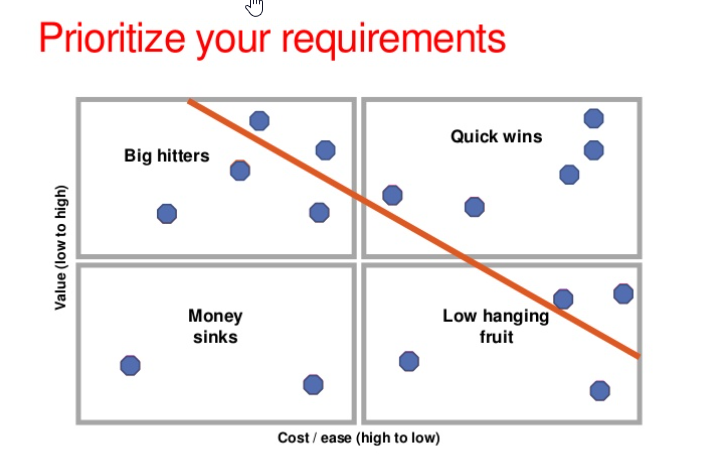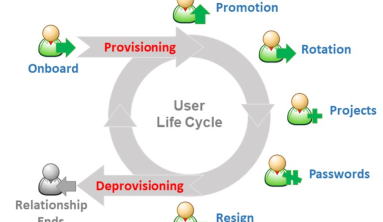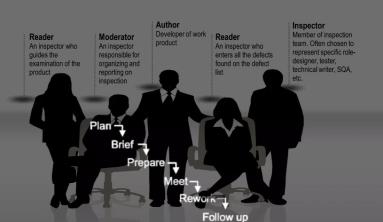 |
A quick win is an improvement that is visible, has immediate benefit, and can be delivered quickly after the project begins. The quick win does not have to be profound or have a long-term impact on your organization, but needs to be something that many stakeholders agree is a good thing. Quick wins can be easily discovered during analysis of business processes or during requirements elicitation. You can often identify quick wins by simply asking stakeholders if they have any quick win recommendations that could result in immediate benefits to the organization. |
The best quick wins are easy to implement, inexpensive, and of course can be rapidly implemented. Below are criteria for evaluating quick wins.
- Requires minimal or no capital expenditure
- Low risk
- Known root cause and obvious solution
- Narrow and focused scope
- Stakeholders will buy-in
- High confidence of a positive impact
- Improvements may be implemented within 60 – 90 days
- Project team authority to implement the changes
Quick wins provide project momentum by driving early value and improved ROI. They also provide confidence to the broader organization that the project is viable and should be supported. Quick wins also reduce project team stress to Get Something Done!
A proactive approach is needed to getting started with identifying and implementing quick wins.
1. Make sure everyone in the project team understands the benefits and importance of quick wins to project.
2. Identify prospective quick wins. Techniques include:
- Brainstorm with your core team
- Ask technical and business stakeholders for ideas
- Observe daily work of users and listen to users for problems and opportunities; quick wins often come from the rank and file, not from the top
- Review and analyze user support trouble tickets; this can be wealth of information
- Be open to all sugestions.
3. Review the impact of each quick win. They must have a positive value. If they have any negative impact, political consequences, or a high price tag they are almost certainly not worth pursuing. Evaluate using the list provided earlier.
4. Determine which quick wins you will implement and create a separate business requirements document (BRD) for the quick wins.
5. Thank team members for every suggestion, and tell them whether you are going to implement their ideas or not. If you do not implement an idea, explain why. Doing this keeps people interested. Give credit where credit is due.
6. Quick wins will form part of your plan of work, and once you have your plan approved, work with the project team to implement them.
7. Measure and report the benefits of quick wins. Make sure that key stakeholders are aware of the benefits you have quickly achieved. Quick wins will achieve little if they are not widely communicated.
Not surprisingly, in the current business environment many projects are under extreme pressure to deliver “quick wins.” It can certainly be very tempting to shorten your time horizon and focus your team’s attention on ideas that have potential for quick results. However, it is also important not to lose sight of the overall goals to be achieved by the project.
A credible and effective approach is to create a hybrid plan comprised of both quick wins and strategic projects. The quick wins generate the immediate results that your management might be looking for, while buying time for the strategic projects to be done properly. Quick wins also help to fund the strategic projects that clearly offer the best long-term, sustainable value to your organization. It is best to track quick win requirements separately from requirements for strategic project.
A representative list of ideas for potential quick wins includes:
- Eliminating unnecessary steps from a process
- Changing inefficient procedures
- Redesigning forms
- Reducing or eliminating safety stock (just-in-case inventory)
- Improving communications between parties
- Obtaining discounts or price reductions from suppliers
- Reducing costs through part substitutions
- Introducing process efficiencies through a package of small production support changes
- Start using available features in packaged software that have not been implemented
- Providing training on best practices
- Error proofing a series of process steps
Example:

Source: enfocussolutions





